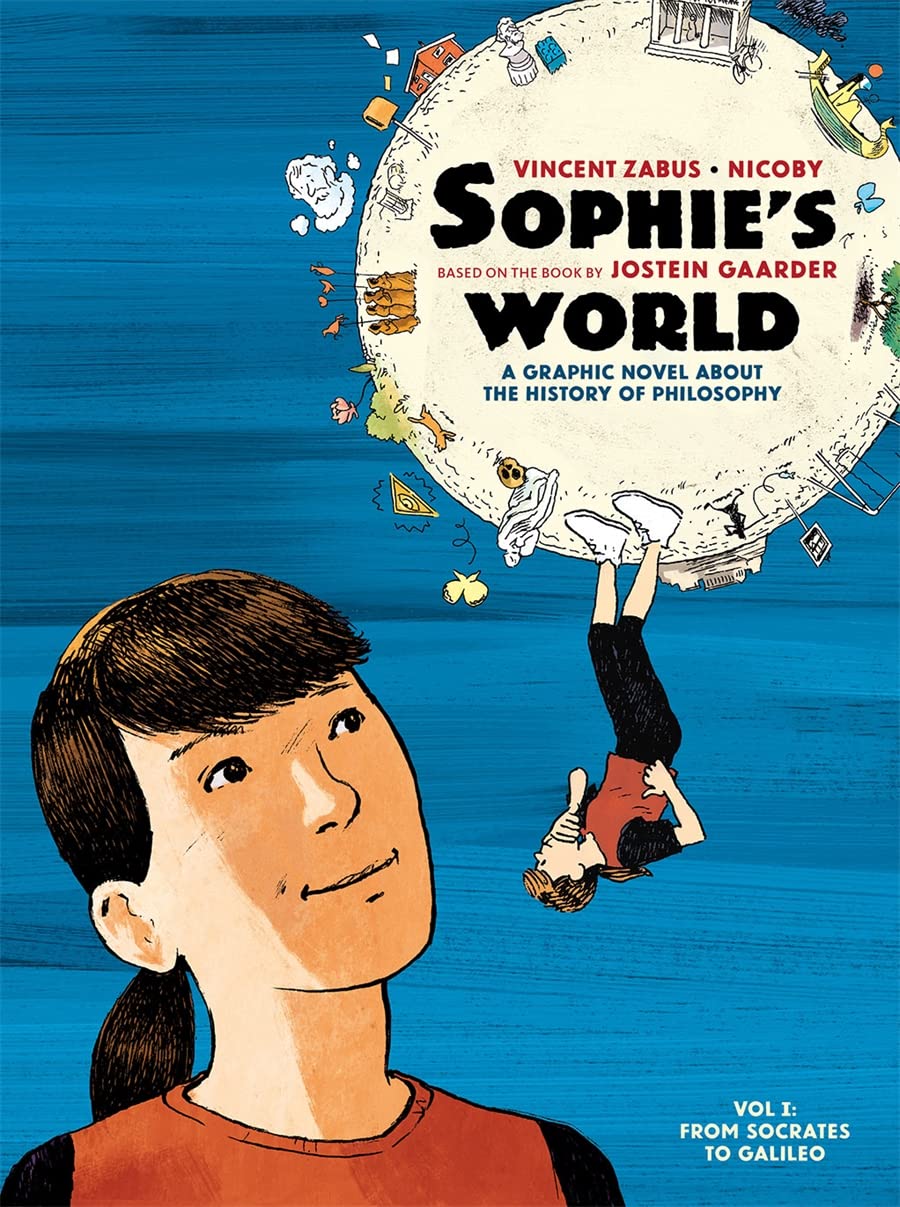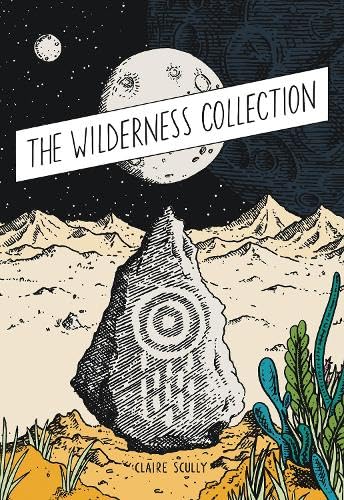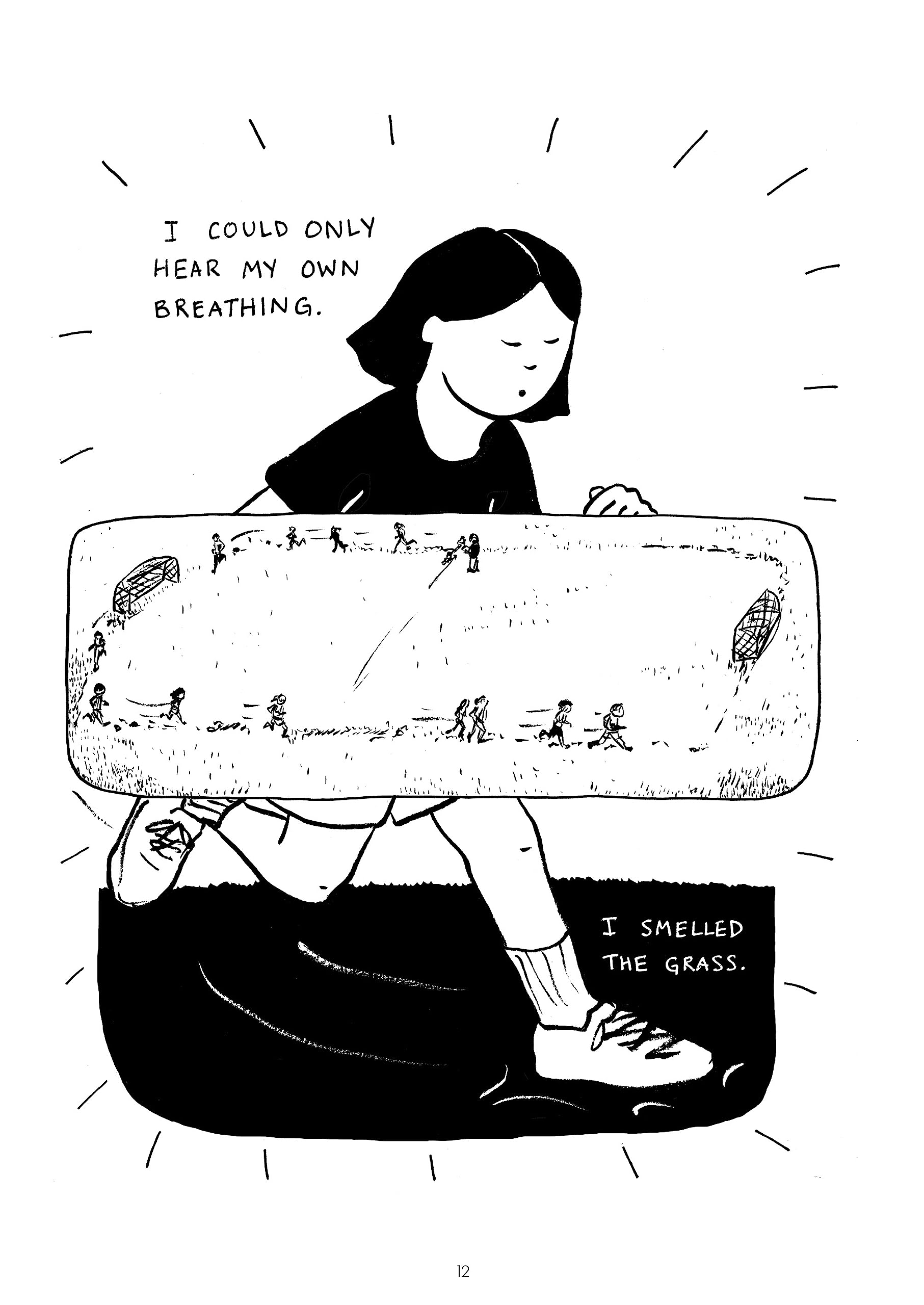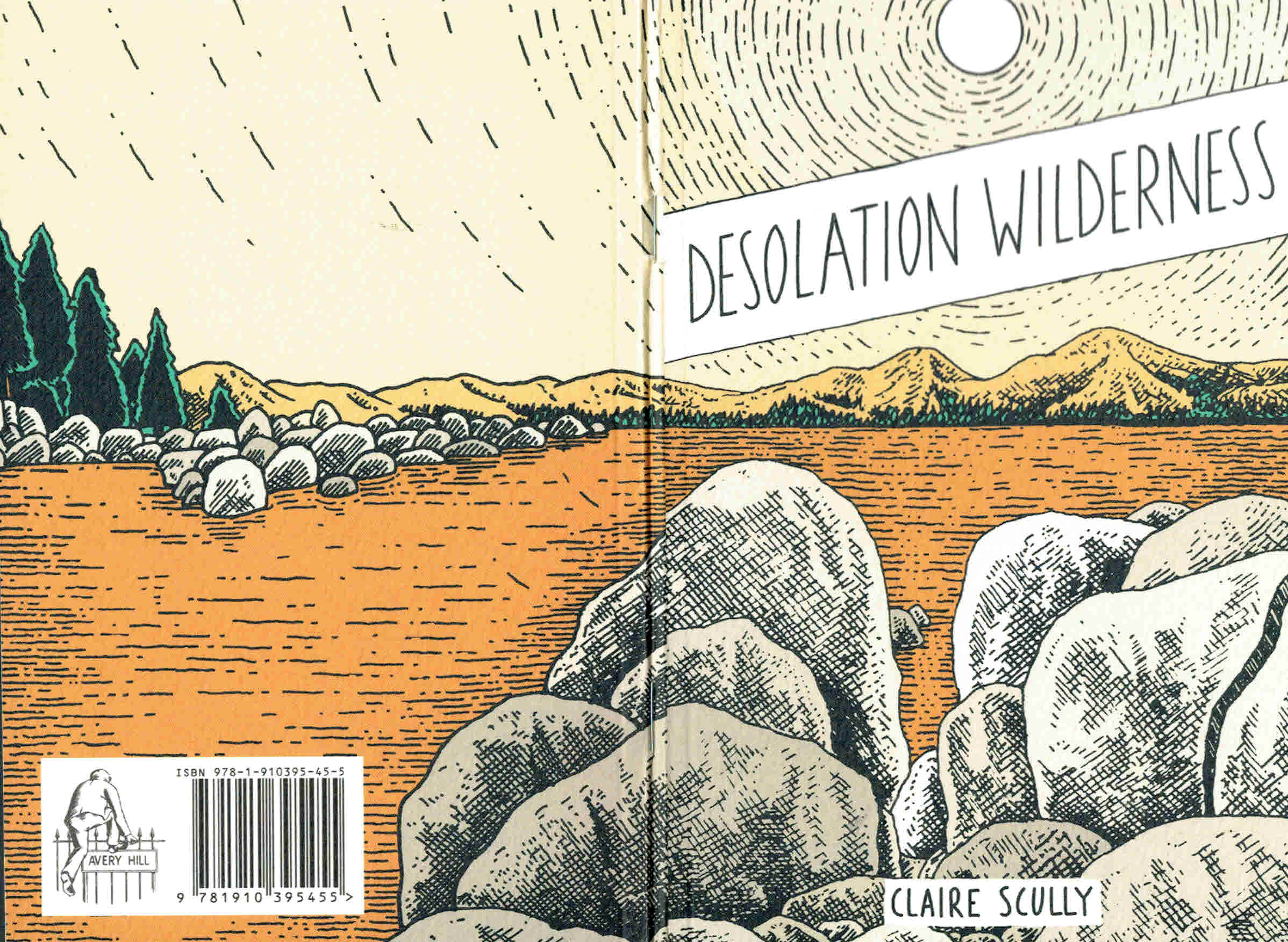
By Jostein Gaarder, adapted by Vincent Zabus & Nicoby, colours by Philippe Ory with Bruno Tatti; translated by Edward Gauvin (SelfMadeHero)
ISBN: ?978-1-91422-411-9 (TPB/Digital edition)
It has long been a truism of the creative arts that the most effective, efficient and economical method of instruction and informational training is the comic strip. If you simply consider the medium’s value as a historical recording and narrative system, the process encompasses cave paintings, hieroglyphs, pictograms, oriental prints, Stations of the Cross, the Bayeux Tapestry and so much more: and pretty succinctly covers the history of humanity…
For well over a century and a half, advertising mavens exploited the easy impact of words wedded to evocative pictures, whilst public information materials frequently used sequential narrative to get hard messages over quickly and simply. In a surprisingly short time, the internet and social media restored and enhanced the full universal might of image narratives to transcend language. Who doesn’t “speak” emoji?
Since World War II, carefully crafted strips have been used as training materials for every aspect of adult life from school careers advice to various disciplines of military service – utilising the talents of comics giants as varied as Milton Caniff, Will Eisner (who spent decades producing reams of comic manuals for the US army and other government departments), Kurt Schaffenberger and Neil Adams. The educational value and merit of comics is a given.
The magnificent Larry Gonick in particular uses the strip medium to stuff learning and entertainment in equal amounts into weary brains of jaded students with his webcomic Raw Materials and such seasoned tomes as The Cartoon History of the Universe, The Cartoon History of the United States and The Cartoon Guide to… series (Genetics, Sex, The Environment et al). That’s not even including his crusading satirical strip Commoners for Common Ground, and educational features Science Classics, Kokopelli & Company and pioneering cartoon work with the National Science Foundation…
For decades Japan has employed manga textbooks in schools and universities and has even released government reports and business prospectuses as comic books to get around the public’s apathy towards reading large dreary volumes of public information. So do we and everybody else. I’ve even produced the occasional multi-panel teaching-tract myself. The method has also been frequently used to sublimely and elegantly tackle the greatest and most all-consuming preoccupation and creation of the mind of Man…
Like organised religion, the conceptual discipline dubbed Philosophy has had a tough time relating to modern folk and – just like innumerable vicars in pulpits everywhere – its proponents and followers have sought fresh ways to make eternal questions and subjective verities understandable and palatable to us hoi-polloi and average simpletons.
In 1991 Norwegian teacher Jostein Gaarder found one that became a global sensation. Oslo-born in 1952, he taught Philosophy and the History of Ideas in Bergen until he retired to write a modern prose masterpiece of allegory and symbolism in the guise of a fantastic mystery and quest saga.
In an assortment of languages, Sofies verden became an award-winning bestseller in Europe, before being translated into English in 1994 and – as Sophie’s World: A Novel About the History of Philosophy – metamorphosed into the top-selling book on Earth a year later.
Translated into 59 languages with sales far in excess of forty million copies, it enjoys regular anniversary rereleases, and has been adapted to the large and small screen in many countries, as well as PC and board games, and all the usual merchandising instances of a global sensation…
In 2022, playwright/comics scribe Vincent Zabus (Le Journal de Spirou, Les Ombres, Incroyable!) and prolific, wide-ranging Bande Dessinée illustrator Nicolas Bidet AKA “Nicoby” and “Korkydü” (Ouessantines, Le Manuel de la Jungle, Belle-Île en père, Sang de Sein, Tête de gondola, Poète à Djibouti, C’est la guerre – journal d’une famille confine) joined forces to translate the philosophical phenomenon into words and pictures: deftly embracing the magically realist underpinnings of the tale by fully exploring and exploiting the self-imposed fourth wall (and floors and ceilings) of the “ninth art”…
Big, bold and embracing wonderment head-on, Sophie’s World – A Graphic Novel About the History of Philosophy: Volume 1: From Socrates to Galileo seductively adapts the first half of Gaarder’s masterpiece as 14-year-old Sophie Amundsen and her best friend Colleen anticipate their first protest event. They are fired up about the planet’s imminent demise and ready to fight for its life, but Sophie’s scattershot passions are suddenly derailed and her curiosity enflamed after receiving an anonymous package asking the somehow compulsively significant question ‘Who Are You?’…
The Who and Why of this enigmatic pen pal transaction completely obsess her after the unseen arrival of follow-up question “Where does the world come from”, and as she ponders, she is lured into the first of some frankly weird if not supernatural proceedings…
As Sophie determinedly seeks answers on a range of conceptual levels, further inquiring despatches literally take her on a journey through all of human development, guided at first remotely, but eventually in the shadow and company of a seemingly benign tutor with an agenda all his own.
…And at every moment and juncture – no matter how wild, impossible or magical – the girl learns and grows…
This initial comics session encompasses cunningly targeted and curated visits, affording up-close-&-personal experiences, via the entirety of the evolution of Western history and culture…
However, as bewildering engagements (or at least gripping, interactive syntheses thereof) unfold in ‘Myths and Natural Philosophers’, ‘Atom and Fate’, ‘Athens and Socrates’, ‘Plato’, ‘Aristotle’, ‘Hellenism’, ‘Two Cultures’, ‘St. Augustine, Averroes, St. Thomas’, ‘The Renaissance’, there’s a turning point in ‘The Baroque’ that unlocks and expands Sophie’s understanding whilst addressing a secret tragedy that unconsciously drives her.
Ultimately, the avid teen discovers other forces in play and unknown actors participating in her lessons, as glimpsed in ‘The Dream of Hilde’ and rebellious phase/phrase ‘A Woman is a Man’s Equal’, and before long the seeker is ready to chart her own course…
Completing the educational brief, this opening discourse includes ‘Author Biographies’ of ‘Nicoby’, ‘Vincent Zabus’ and ‘Jostein Gaarder’ and is absolutely To Be Continued…
Rendered in bright, cheerfully inviting colours in the welcoming manner of a children’s book, this vibrant voyage of discovery is mesmerising in its gently mischievous intensity: an outrageously joyous, entertaining rundown of humanity’s evolution and fundamental principles of thought, cunningly disguised as a superb conundrum to rival any detective yarn. Moreover, the seeds have all been laid for a monumental “Big Reveal” in the next volume…
© 2022 Albin Michel. Based on & © Jostein Gaarder’s novel Sophie’s World. English translation © 2022 SelfMadeHero. All rights reserved.







